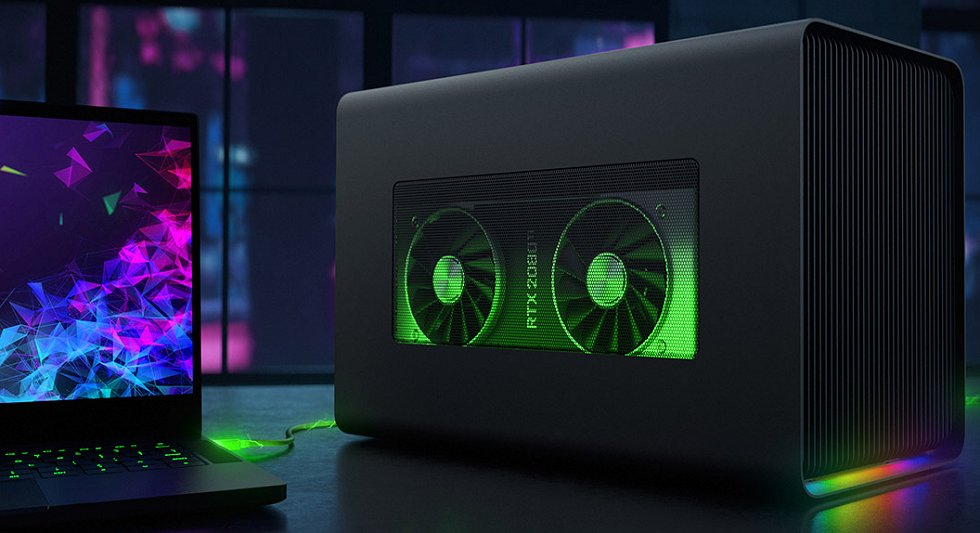The Graphics Device Interface (GDI/GDI+) of Windows just can’t be killed. No matter if it’s older graphical applications up to CAD programs or just displaying the simple GUI of many programs – it’s still output via the GDI like there’s no tomorrow. But all Windows versions after XP don’t support hardware accelerated output for the graphics functions anymore, because with the introduction of the unified shaders and the elimination of the specialized 2D units on the graphics cards, all these things virtually run through the driver as a kind of wrapper.
The CPU has to do most of the computing, and in the end it’s also up to the driver how efficiently and with what overhead the output to the D3D is done. The driver models since Vista still support, at least in parts, hardware acceleration when blitting, i.e. copying graphics content within the memory. This is where the relatively weak CPU comes into play again in the final result, which slows down the graphics card a bit. But it’s all really fluid, no issue.
AMD and Nvidia take different approaches here, so it’s very easy to see which of the individual functions can be better implemented (or not) by the respective driver. According to my research back in 2009, the AMD driver team in Toronto in particular did a lot of catching up, as some of the ATI cards at the time had glaring disadvantages. Many features in AMD drivers still benefit from this to this day. A current inventory shows that they are now pretty close together.
AMD is still a bit weak in TextOut, while in some areas like lines, splines, and rectangles it’s effectively a tie, but things like polygons are where AMD really shines. NVIDIA can still improve a bit here.
Summary and conclusion
Even if I repeat myself again: The notebook cannot and will not be able to fully replace the normal PC as a workstation, at least not with the current state of technology. But the progress is visible and, above all, tangible from year to year. With the ever-increasing shift of compute-intensive and well-parallelizable functions to the GPU (CUDA and OpenCL), the use of the GeForce RTX’s AI functionality, and the rise of things like OptiX, the CPU is taking a bit of a back seat in many areas.
If you were a bit spiteful, you could tell the game industry to look at the developers of production software when it comes to implementing new GPU-based accelerations. Because in the end, you almost get the feeling that the relevant plugins and permanently implemented AI implementations in the creation and workstation area are sprouting up faster than the integration in games, which obviously still sell quite well without it. Well, almost, because then came DLSS.
In the industry and in the semi-professional area, time is of course cash money and so most of the new investment pays off quite quickly. Things like AI-based denoising on a laptop make it possible to make changes to projects on-site at the customer’s location, to show different iterations of a design or simply to outsource parts of the design phase to the home office. The advantage of Intel’s solution: You can also run an external GPU via Thunderbolt 3, which then offers much more computing power on site. With the focus away from the CPU as a limiting factor in the computationally intensive tasks, a kind of modular workstation could even be built.
You can’t do much more than that with current studio laptops, but I’m sure no one will ask you to, because you can’t completely bypass the power limit of portable solutions. Especially in today’s world, where workplaces are shifting and the mobile sector is moving more into focus, potent notebook solutions are increasingly in demand. It’s not even primarily about the plug-free operation, but the form factor and also the thermal limits of the devices, where the increase in efficiency by offloading to the GPU is significant.









































21 Antworten
Kommentar
Lade neue Kommentare
1
Mitglied
Veteran
Urgestein
Urgestein
Urgestein
Urgestein
Urgestein
Mitglied
Urgestein
Urgestein
Urgestein
Urgestein
Urgestein
Mitglied
Urgestein
1
Urgestein
Alle Kommentare lesen unter igor´sLAB Community →